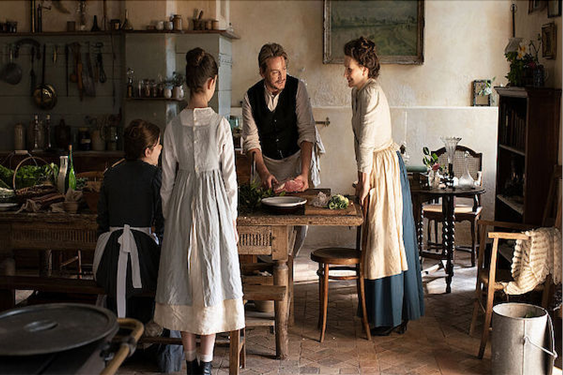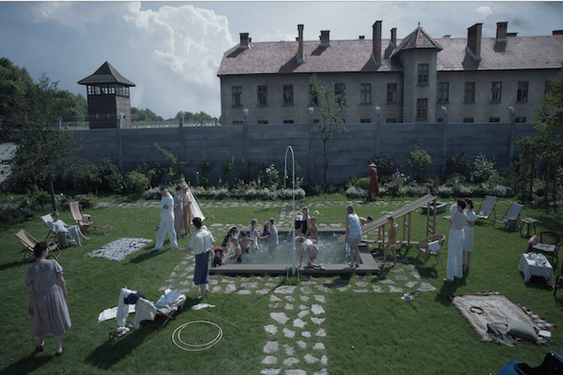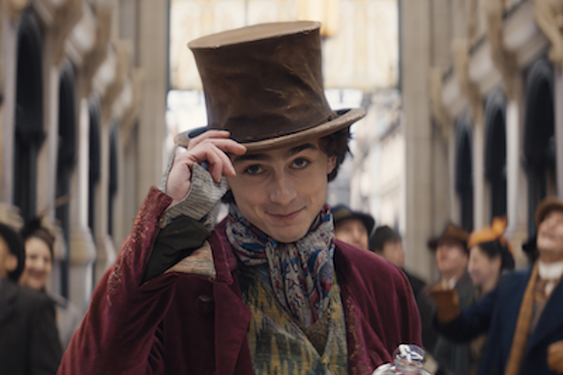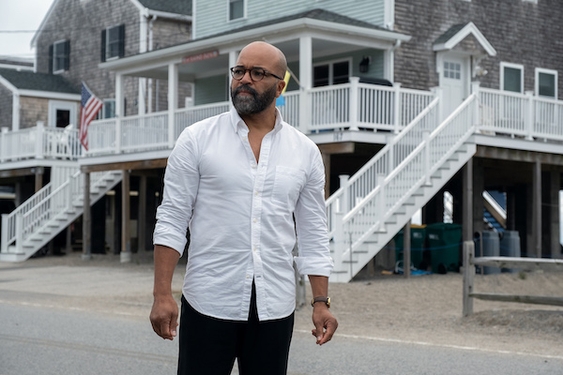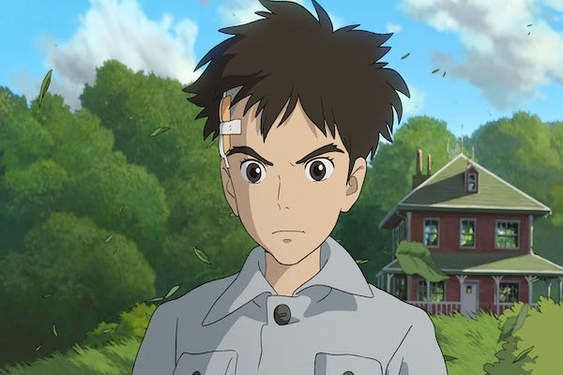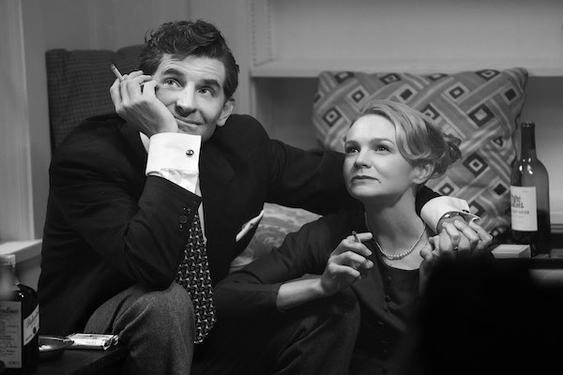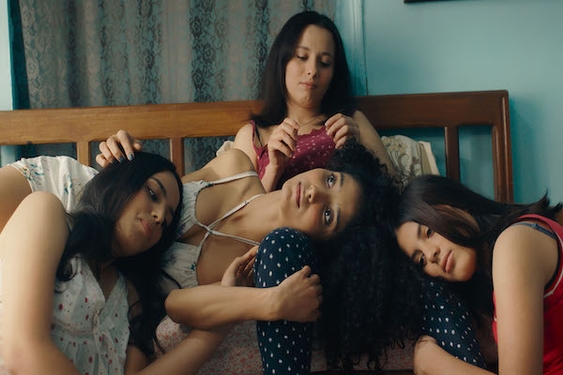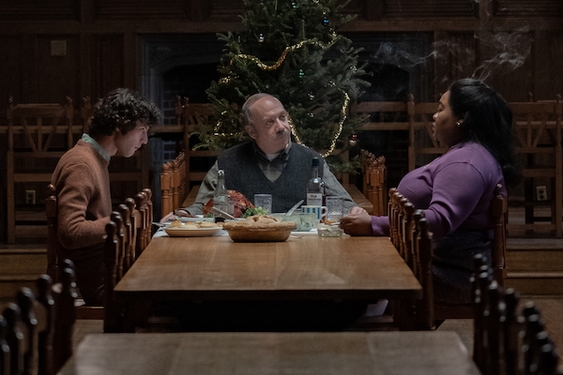From filmmaker Olivier Assayas comes a vibrant portrait of a time etched in seemingly recent history. Something in the Air is the story of a young, French filmmaker and artist named Gilles, who is learning to find himself amidst France’s political chaos in the late 1960s. Traveling and campaigning with the likes of anarchists and communists, Gilles must decide his path artistically, professionally and emotionally.
There’s a lot going on in this film. It’s heavy; it’s raw and authentic. Every detail bears some sort of significance as a commentary on the political climate of the time period. It is a nostalgic trip through a vivid moment in youth culture, seeking to inspire those too young to relate.
Assayas is deeply connected with the film’s concept. In a recent interview with Campus Circle, he said, “It all starts with autobiography…there’s very little in this film that is not based on real-life memory.”
He uses this film to specifically reference his background with a young protagonist that is not too different from him. Gilles is conflicted with many of the same struggles that Assayas faced when he was growing up. But what is particularly relevant to Assayas, in this film, is the artistic backdrop that contains both art and music.
“This is music I was listening to obsessively at that age,” he said of the politically charged folk and psychedelic rock featured in Something in the Air.
The film’s humor and commentary is based primarily on references to the artistic culture that particularly influenced Assayas. Music from Syd Barrett, Dr. Strangely Strange and Nick Drake sets the stage and allows for a political context. The story moves through the soundtrack, just as much as it does through the interaction of characters. It adds a whole new element of depth and is a truly a beautiful method of storytelling. As Assayas put it, “To me, those songs are like time capsules.”
Using his personal experiences, political beliefs and artistic background, Assayas tells the story of those whom he grew up with. Aesthetically and ideologically, he sought to capture the period’s essence.
“I needed to have a sense that I was dealing with a period, that I was dealing with a generation, and I was ending up telling the collective story of my generation,” he explained.
While this film is indeed rich with substance and perspective, the story itself seems to wind through time and space with only a vague sense of direction. Despite his trials and tribulations, Gilles overcomes very little other than a few minor emotional shortcomings by the end of the film. In addition, a lot of the dialogue is based on stilted humor and blatant obscurity that some viewers might not be able to relate to.
Yet, despite the barrage of intellectualism afforded by this film, what really stands out is a general sense of authenticity. Something in the Air captures a vivid moment in history from a perspective of introspection. Assayas has done a spectacular job painting an image of the distinct background that he comes from.
For those who can hold the film’s political themes closer to heart, Aassayas’ perspective is enlightening. For those looking to simply escape to a more impassioned period in political history, you’ll find this film appealing as well.
Grade: B
Something in the Air is currently playing in theaters.



